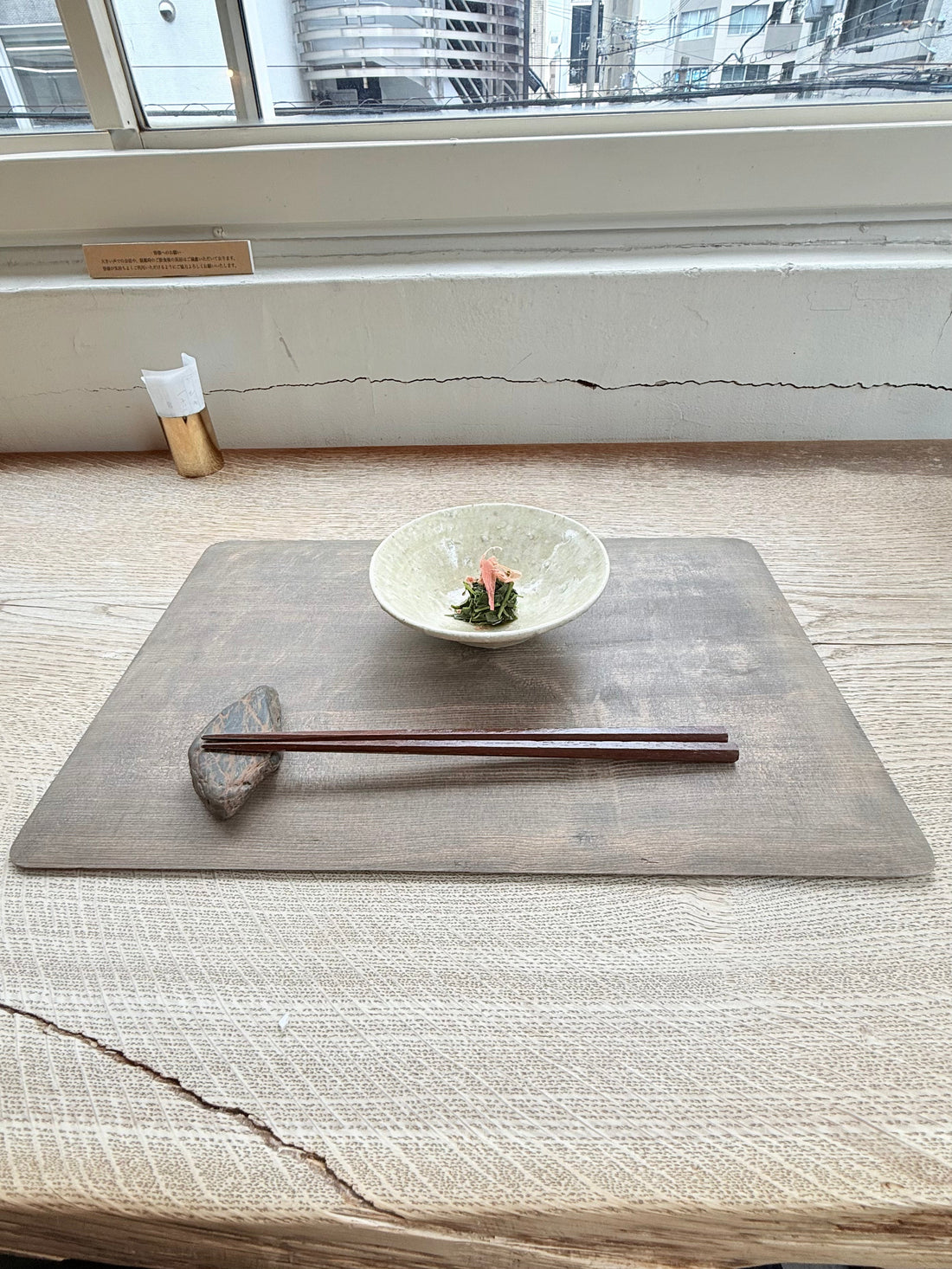How to Eat Gyokuro Tea Leaves – The Japanese Sustainable Way of Tea

In Japan, the philosophy of mottainai – cherishing and using everything to its fullest – is deeply rooted in daily life.
At Kanoa Tea, we embrace this spirit by inviting you to enjoy tea not only as an infusion but also as a delicacy on your plate.
How to Enjoy Gyokuro Leaves
Once you brew your tea 2-3 times, the soft leaves from the new series will open fully, offering a delightful taste similar to tender spinach, with a gentle umami.
Why Eat Tea Leaves?
Because it’s part of the Japanese sustainable spirit, allowing you to:
-
Enjoy nutrients such as fibre, antioxidants, and amino acids still present in the leaves.
-
Minimise waste and turn tea into a holistic experience.
-
Fully appreciate the craftsmanship behind the tea.
Simple Ways to Savour
After brewing:
-
Plate the soft leaves.
-
Add a dash of sea salt, soy sauce, or yuzu juice.
-
Or enjoy them as they are – pure and gentle.
Only for the Finest and the Right Leaves
We are pleased to share that our upcoming GABA Gyokuro series will be specially curated for both drinking and eating.
These teas are crafted from exceptionally tender, soft tea leaves, carefully processed in the traditional Gyokuro style, making them perfect for enjoying even after brewing.
However, it is important to clarify:
-
Our current GABA Gyokuro MANTEN and KUKI are not suitable for eating.
-
MANTEN undergoes a special process where natural aroma is gently infused, and the caffeine content is naturally reduced – making its leaves unsuited for direct consumption.
-
KUKI is not made of tea leaves, but of the stems (Kuki means stems), which are naturally firm and not meant to be eaten.
-
This is not a matter of quality – these are intentional production styles, designed to create unique tea experiences in the cup, but not for the plate.
Sustainable Luxury in Every Sip – and Bite
At Kanoa Tea, we invite you to experience tea as a journey that respects the earth, the grower, and your senses.
With our new GABA Gyokuro series, you can now explore Japanese tea as both a beautiful drink and a delicate food – a complete expression of Japanese sustainable elegance.
